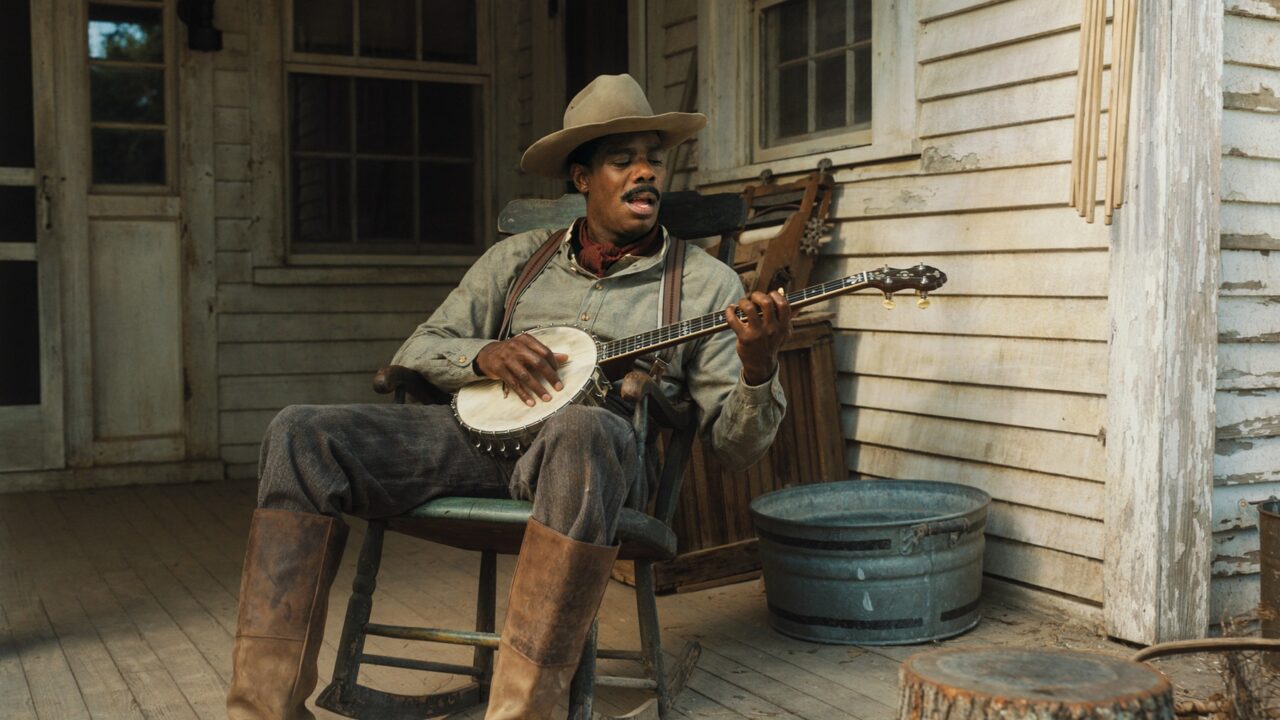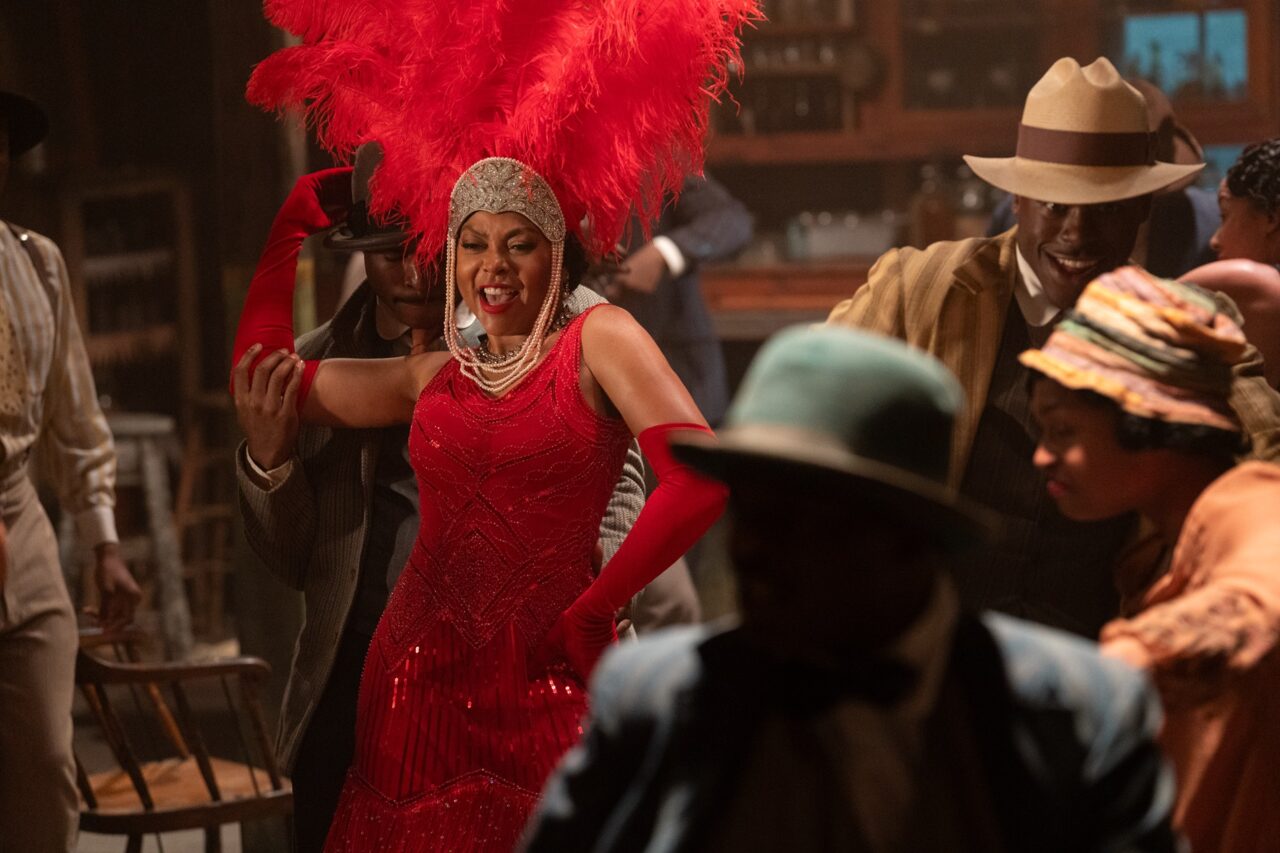INDEX
Music adeptly Capturing the “Spirit” of the Time and Place
While such positivity is brought to the fore through skillful drama and the emotional performances of the actors, the music is also very effective.
Many of the songs sung by the cast in this production were composed for the stage version by Brenda Russell, Allie Willis, Stephen Bray, and others, and were newly arranged for the film. Meanwhile, “Miss Celie’s Blues,” composed by Quincy Jones for the 1985 film, has also been reprised, much to the delight of fans of the original version. The film also includes several newly written songs that play an important role musically. At the director’s request, Christian McBride arranged the jazz songs, Keb’ Mo’ arranged the blues songs, and Ricky Dillard arranged the gospel songs.
The first interesting feature of these songs is that they are (or seem to be) cleverly influenced by real music that would have been heard by the people of the time in the region where the film is set. The early part of the film, which takes place in 1909, incorporates the sound of the banjo played by Mister and work songs sung by the prisoners (such as “She Be Mine” sung after the scene where Celie encounters her child in the city), which show the vernacular folk culture before roots music such as blues was widely commercialized as a recorded product. The film hints at a vernacular folk culture that existed before roots music such as the blues was commercialized as a recorded product.

The film, which spans a period of about 40 years, makes good use of these musical structures and how they changed over time to depict the time transitions, fashions, and customs of each period.
After Prohibition, the film takes place in the so-called “Jazz Age” of 1920, and the sound changes drastically. In particular, it is easy to hear the footsteps of the swing jazz craze in the opulent “Shug Avery” sung in the scene where Shug arrives in town. The character of Shug himself is also a reflection of the classic blues singers of yesteryear, and is also a reflection of the jazz-leaning blues of this era. It is obvious that she is emulating the singers of yesteryear. She sings jazz-inspired blues (“Push Da Button”) in glittering costumes reminiscent of such contemporaries as Mamie Smith, Bessie Smith, Ma Rainey, and Ida Cox.

Shug is also a popular singer in Memphis, a large city in the neighboring state of Tennessee, and in the film she is portrayed as having an urban sensibility that contrasts with Celie and her friends in the country. In the film, she is portrayed as a person with an urban sensibility that contrasts with Celie and her friends who live in the countryside. In the scene where Celie and Shug go to the cinema, we hear the flowing “What About Love?” reminiscent of Hollywood musicals of the 1930s. When the film moves further back in time to 1945, we hear a jump blues sound (“Miss Celie’s Pants”) that dominated the scene at the time.
In addition, the fact that the secular music of blues and the gospel music dedicated to God are depicted as clearly opposing each other throughout the film is also very impressive and realistic. While the blues sung in a juke joint represents the deceitfulness of the secular world, including love, drinking, and debauchery, the gospel sung in a church is depicted as a symbol of love for God that shakes off such deceitfulness. This oppositional structure accelerates the story of the disconnection (and coming reconciliation) between Shug, who has a father who is a minister but is “devoted” to the blues, and his father, who is a clergyman, and at the same time dramatically conveys the gap between the secular and the sacred that existed in southern American society at that time, which may be somewhat difficult to understand for Japanese audiences today. The film also dramatically conveys the divide between the secular and the sacred that existed in the American South at that time. At the same time, the film’s narrative depth is also achieved by not simply making an immediate judgment as to which side is superior.

























